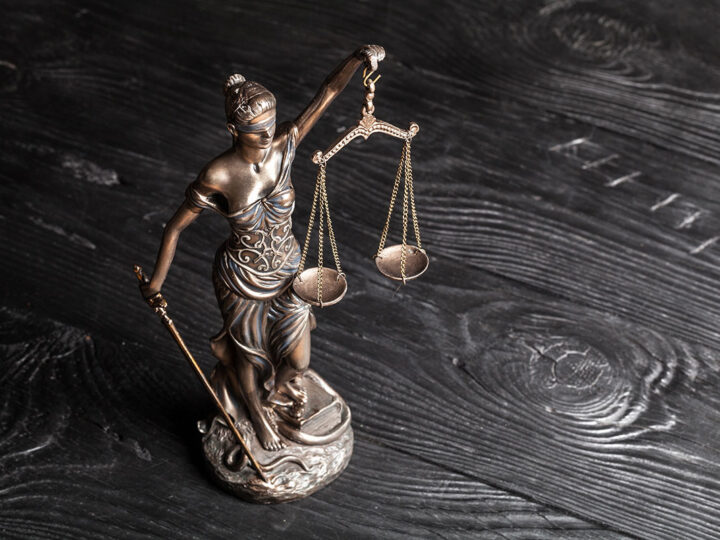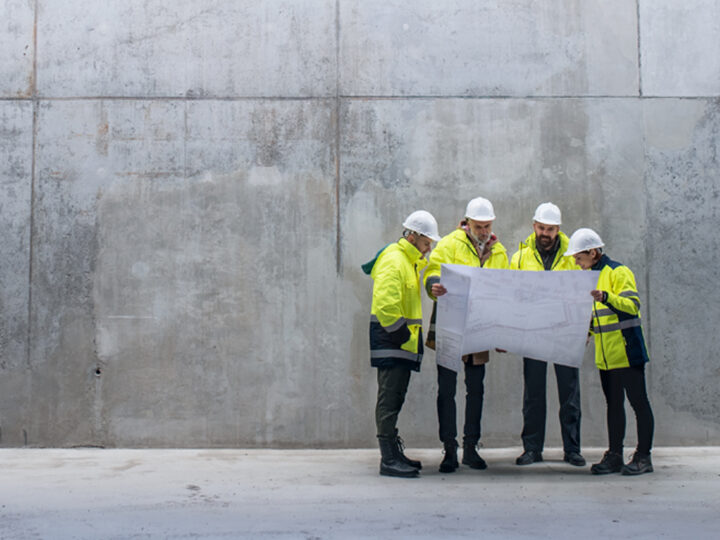
Claim Retrospective: The Significance of a Global Settlement in Multi-Party Litigation
Why can’t we settle the claim? The answer is often that we cannot obtain a global settlement. Unfortunately, such an answer is not always easy for engineers to understand. As you might imagine, the more parties involved in the litigation, the more difficult it can be to get everyone to agree on a resolution.
It is not unusual for problems on a construction project to lead to litigation involving multiple parties, especially if the project is a large one. This is because several parties involved in the project will often bring claims against several other parties involved in the project. For example, the owner and/or developer may bring claims against the general contractor and the architect, who in turn may bring claims against each other and/or their subcontractors/subconsultants, who may then bring claims against each other and/or their own subcontractors/subconsultants, and so on, weaving an intricate web of claims that can be difficult to untangle.
As a result, it is often challenging for engineers to extricate themselves from litigation via settlement, even when the engineer played a small role in the project and can only be responsible for a small amount of damages. This is because there may be multiple parties seeking damages from the engineer, or alternatively, reaching a settlement with the party currently asserting a claim against the engineer may not permanently resolve the litigation for the engineer. It is often possible for other parties, who have yet to assert a claim against an engineer, to later file a claim against the engineer, bringing the engineer back into the litigation. The last thing the engineer or its insurer wants is to pay money to settle a claim (especially based on the cost of defending the subject litigation), only to wind up defending itself or the engineer in the same litigation from a different party.
While most jurisdictions have a mechanism for resolving all negligence claims via a settlement with only one party or some parties, there is often no way to prevent a party in privity (or with a contract) with the engineer from bringing a contract-based claim against the engineer unless the engineer settles with, and/or receives a release from, the particular party in privity with the engineer. In other words, if the engineer settles with a party with whom it does not have a contract, it is likely still in peril given that the party with which it contracted can still pursue contract claims against the engineer.
Given the multi-party nature of construction litigation, most parties will demand, or at least request and prefer, a global settlement (i.e., a settlement in which all of the parties release each other) resolving all claims among all of the parties to the litigation. A global settlement usually ensures the litigation is completely resolved. In situations where a global settlement is not possible or cost effective, there are other measures that can be attempted to obtain a final resolution, such as receiving separate releases from other parties or obtaining an indemnity agreement from the releasing party that receives payment under the settlement agreement. However, none of these alternative measures provide as definite a resolution as a global settlement among all of the parties to litigation.






